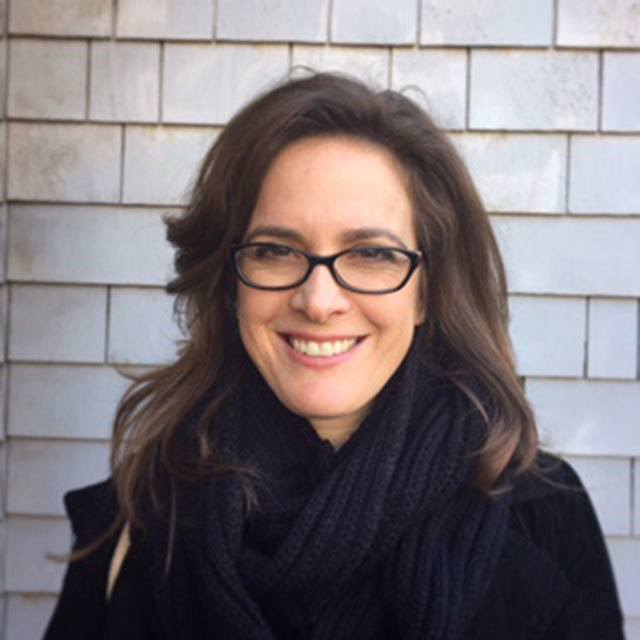“What’s the harm?” – this is the sentiment repeated by teens all over the world when faced with a parent, teacher, school administrator, police officer, caring friend or counselor about drug/alcohol use.
Teen brains are primed to ask this question and are often disappointed with the answer.
Recent developments in brain research (neuroscience) revealed what many imagined to be true – that young brains are not fully developed until age 25. This is confirmed in studies showing that the prefrontal cortex (the area of the brain responsible for reasoning, impulse control, and executive functioning) is the last to develop.
The first parts of the adolescent brain to finish development are the areas that control physical coordination, emotion, and motivation — which means your teen may be agile, mood sensitive, and very motivated for things that are high excitement, low effort (like video games, drug use, sex). Your teen may have poor planning and judgment, and engage in more risky behaviors. It’s as if the referee (the prefrontal cortex) is sleeping on the job, while the players on the soccer field (the emotions, desires and excitement drivers) are running wild. Throw in the hormonal baths teenagers are living in, and you’ve got a recipe for risk.
Understanding this evolving person — your teen — can help you approach them about drugs and alcohol with a little more savvy.
Drugs and alcohol tap into the dopamine reward system — the “feel good signal” pathways — and cause the levels of Dopamine to rise unnaturally high then fall below normal levels. This drop can cause a feeling of flatness, inability to enjoy normal life, and can take days to months to recover. Natural highs like exercise, intimacy, success in school or sport or activities cause a rise in dopamine, but it returns to normal levels without the drop.
When we combine the brain development with hormonal changes, then add in stress, we see why teens may crave drugs or alcohol to alleviate their anxieties.
Unfortunately, the reward pathway of a teen’s brain is more highly sensitive to the risk of addiction. A drug used by an adult (older than 25 years) brain has a very different impact than the same drug used by a teenager. They get higher “highs” than adults, and have much greater risk of cellular damage because of those evolving cells. This manifests in teens – they have more risk of long-term memory damage from alcohol abuse, larger impacts on mood with marijuana, higher impact on depression and suicidal thoughts with hallucinogens, and stronger effects from prescription drugs like Xanax and narcotics. The less obvious risk is that using drugs or alcohol in the teen years makes pleasure and joy harder to attain without a substance, and sets the “good feeling” bar unachievably high.
In our community, the medical and mental health providers, local ERs and drug treatment centers are seeing a huge uptick in teens misusing prescription drugs like Xanax and opiates.
Teens are using it as a starter drug — they know to steal it from their family’s homes or those of their relatives or neighbors. We see teens who started by taking Xanax at a party to feel relaxed, then started taking one each day to cope with anxiety and stress. We see kids who smoke or vape marijuana for fun then start doing it nightly to sleep. We see more and more teens who buy Adderall from other teens, then use it to pass a test or mix with alcohol for a party drink. We see kids who do not have the ability to cope with their anxieties without substances, and they are readily available.
So what’s a community to do? For one, model self-care and stress-reduction methods that do not involve substance overuse. When we come home from a tough workday or long parenting day and reach for those glasses of wine or a joint, we’re modeling a coping mechanism that our kids will mimic. Instead, we can acknowledge our feelings and go for a walk or watch a funny show or talk it through.
If we keep our kids busy with positive activities and spend more time together we can change the tone at home and in our community.
We can lock up our meds or safely return them through the Kitsap Safe Drug Return. We can talk frankly with our kids, their friends’ parents and know who and what our kids are involved in. We can learn more about the signs of mood disorders and drug use using resources like those on askbys.org.
Together we can make things better for our teens.
Dr. Jillian Worth is a family practice physician with Virginia Mason clinic and board member for Bainbridge Youth Services, which provides community youth (ages 12-21) with no-cost, confidential and professional counseling. Visit www.askBYS.org for more information.



